Takeoff Trajectories to Reduce Environmental Impacts
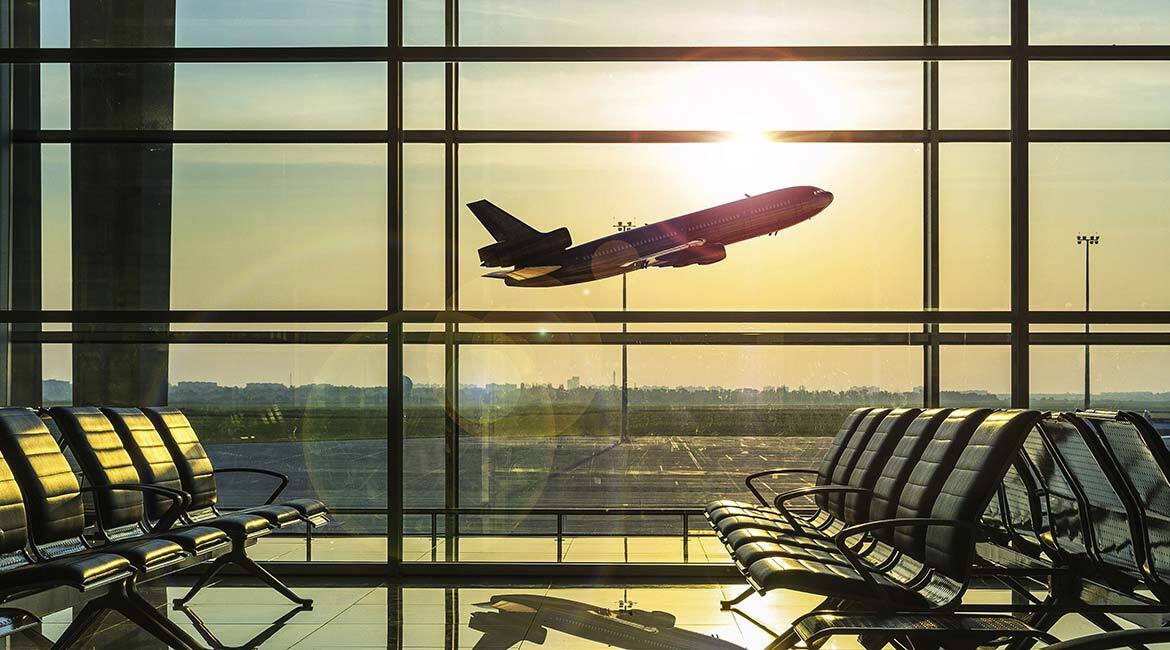
Purchased on Istock.com. Copyright
The optimization of takeoff and departure procedures was determined to be effective in reducing the environmental impacts of aircraft transport. For this reason, researchers at the Aeronautical Research Laboratory in Active Control, Avionics and Aeroservoelasticity (LARCASE) are developing algorithms and tools to predict, analyze and optimize aircraft trajectories and takeoff performance. These algorithms were designed and tested on the Cessna Citation X business jet at LARCASE, as the laboratory possesses a highly qualified research flight simulator. Results showed that the LARCASE algorithms were able to predict flight trajectories and performance for the Cessna Citation X aircraft with less than a 5% margin of error.
Introduction
Air transport, like any other mode of transport, affects our environment on a daily basis and at different levels. Aircraft engines burn large quantities of kerosene, releasing various substances directly into the atmosphere. One of the main substances is carbon dioxide (CO2)—well known for its contribution to global warming—and nitrogen oxides (NOx), which destroy the ozone layer [1].
According to statistics from the International Air Transport Association (IATA), the aviation industry alone was responsible for about 2% of global CO2 emissions in 2018 [2].
Yet, the environmental impact of air transport is not limited to the release of pollutants into the atmosphere. Noise generated by aircraft engines during takeoff and departure procedures is another source of pollution. Many experts agree that prolonged exposure to aircraft noise can have negative effects on the health of people living near airports [3].
Although new generation aircraft are 80% more fuel efficient and 75% quieter than their predecessors, these efficiency gains are not enough to mitigate the environmental impact of air transport. Indeed, given the strong growth in air traffic (+3.5% per year), aircraft-related emissions could increase from 2% to 18% by 2037 [4]. As for the acoustic impact, it remains difficult to quantify.
At LARCASE, researchers are studying different solutions to reduce aircraft emissions [5-10]. Among these solutions, the optimization of flight trajectories looks very promising [11-16]. Moreover, since most of the noise generated by an aircraft engine is created during takeoff, optimizing takeoff procedures could also be a good way to reduce the noise footprint of aircraft.
Standard Takeoff and Departure Procedures
When departing, aircraft must follow a well-defined procedure called Standard Instrument Departure (SID). SIDs are specific to each airport and runway and are used to guide aircraft laterally to a specific exit route. In addition, pilots must follow a set of noise abatement procedures to limit noise disturbance in nearby residential areas.
Figure 1 shows two types of standard noise abatement procedures (NADPs). Both procedures were initially developed by the International Civil Aviation Organization (ICAO), and are now used in most airports to limit aircraft noise pollution.

Figure 1 – Example of a noise abatement departure procedure (NADP 1 & 2)
Generally speaking, a procedure has several phases, also called segments. Each segment describes a set of manoeuvres that pilots must perform.
The first segment is called the “Acceleration Segment”. This segment is initiated when a pilot releases the aircraft brakes and advances the thrust levers to the TO/GA position, bringing the engines to full power. In some cases, pilots may also use less than maximum thrust. Using less thrust has the added advantage of preventing engine wear, and also reduces fuel consumption. Once thrust is established, the aircraft accelerates on the runway.
When the aircraft reaches rotation speed (VR), the pilot begins the “Rotation Segment” by pulling the yoke back to rotate the aircraft around its rear wheels. The objective of this manoeuvre is to raise the nose of the aircraft to create an aerodynamic lift force—the force that maintains the aircraft in the air. When the lift force becomes greater than the weight of the aircraft, the aircraft then lifts off the ground. At this point, the pilot initiates the “Transition Segment” by adjusting the aircraft attitude to capture the takeoff safety speed (V2).
The pilot can then begin the initial climb to cruising altitude using one of the two noise abatement procedures shown in Figure 1:
- NADP 1, primarily designed to reduce noise around and above the end of the runway by forcing the aircraft to climb away from the airport as quickly as possible (altitude).
- NADP 2, primarily intended to reduce noise in areas further from the end of the runway by forcing the aircraft to move away from the airport as quickly as possible (distance).
Method of Predicting Takeoff and Departure Paths
At LARCASE, different algorithms have been developed to predict aircraft flight paths during takeoff and departure procedures. The strategy to achieve this objective was to break down the aircraft trajectory into 5 typical segments, and to solve aircraft equations of motion for each segment.
Equations of motion are used to describe the influence of applied forces and (see Figure 2) accelerations on the aircraft.

Figure 2 – Applied forces to an aircraft at takeoff
Starting from an initial condition, the algorithms developed at LARCASE calculate the forces using databases and mathematical equations. These forces are then combined to determine the aircraft accelerations. Knowing the accelerations, it is then possible to perform a numerical integration to estimate aircraft speeds and positions for a short interval of time. This process is then repeated as many times as needed to obtain the complete trajectory of the aircraft within a segment.
In this way, LARCASE researchers can develop different procedures by connecting segments one by one, a bit like “building blocks”.
Once the procedure is defined, the algorithms calculate the aircraft flight path, performance and fuel consumption, and then display the results in various graphs like those shown in Figures 3 and 4.
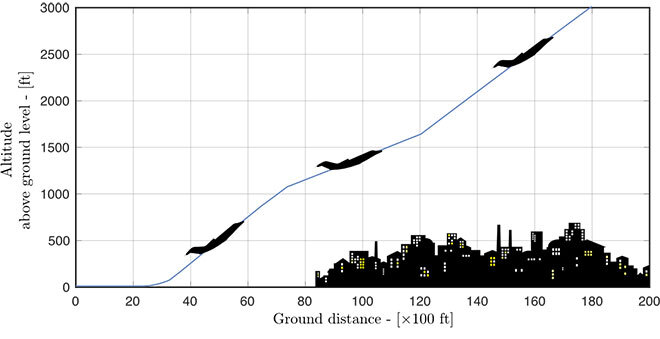
Figure 3 – Example of a vertical trajectory (altitude vs. distance) for a takeoff from Innsbruck airport in Austria
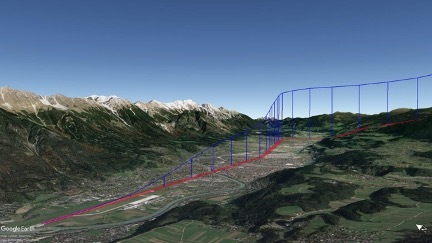
Figure 4 – Example of a 3D trajectory generated on Google Earth for a takeoff from Innsbruck airport in Austria
Finally, a 3D reconstruction of the trajectory is also created to better analyze the simulation results (see Figure 5). This reconstruction is produced using the algorithm results and using the FlightGear software, an open source flight simulator.
Figure 5 – Example of a 3D view of a takeoff trajectory from Innsbruck airport in Austria
Validation of Algorithms
To validate all the algorithms developed at LARCASE, several takeoff tests were carried out using a research aircraft flight simulator of the Cessna Citation X. This simulator, shown in Figure 6, was designed and manufactured by CAE Inc. and has a Level D qualification for its flight dynamic and propulsion models. At the same time, each test was replicated with the LARCASE algorithms.
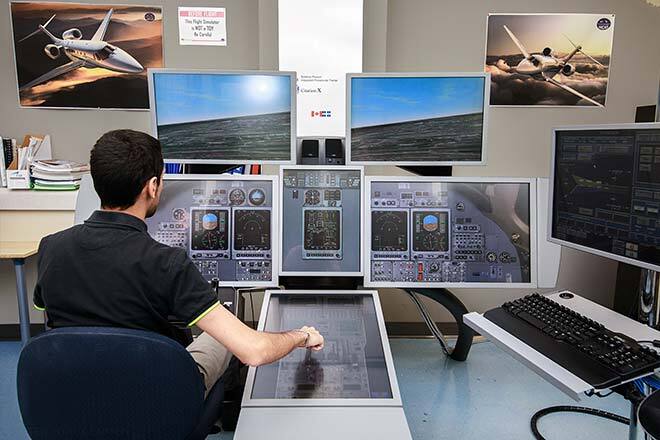
Figure 6 – Flight simulator for research
Figure 7 shows an example of results from two departure procedures (NADP1 & 2). In this figure, the blue curves represent the Cessna Citation X aircraft performance measured from the flight simulator, while the black curves represent the performance calculated by the algorithms.
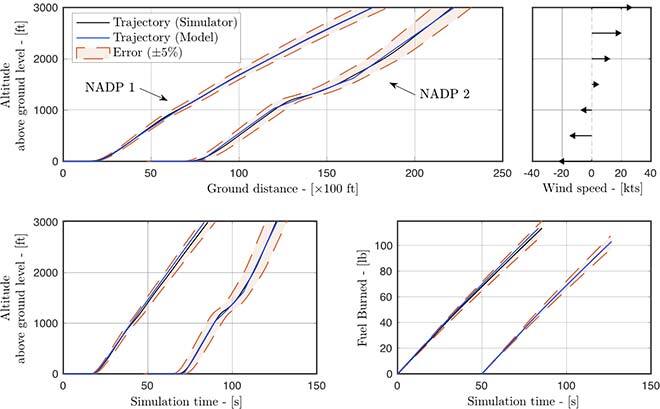
Figure 7 – Example of comparison results for two takeoffs with a non-zero wind profile
Overall, the comparison results show that the LARCASE algorithms were able to predict the aircraft flight path, performance and fuel consumption with less than a 5% margin of error.
This research was conducted at the Aeronautical Research Laboratory in Active Control, Avionics and Aeroservoelasticity (LARCASE), and funded by the Business Led Network of Centres of Excellence GARDN, in collaboration with CMC Electronics – Esterline, whose mission is to promote the development of greener aircraft technology in Canada.
If you are interested in this project, or any other project at the Aeronautical Research Laboratory in Active Control, Avionics and Aeroservoelasticity (LARCASE), please visit the website, and do not hesitate to make an appointment with Professor Botez and talk with her research team.
Additional Information
For more information on this research, please see the following paper:
Ghazi, G.; Botez, Ruxandra; Maniette, Nicolas. 2020. « Cessna Citation X Takeoff and Departure Trajectories Prediction in Presence of Winds ». AIAA Journal of Aerospace Information Systems.



